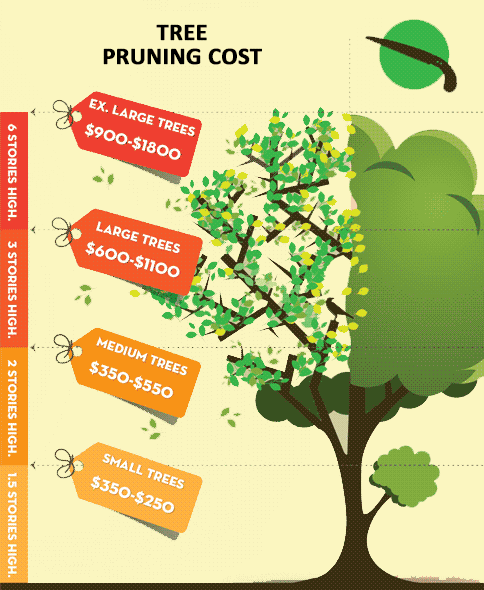When it comes to land management, have you considered the long-lasting benefits of stump grinding? By attending to the residues left after tree elimination, this technique not only help in dirt health and wellness renovation but additionally plays an essential function in protecting against disintegration and sustaining biodiversity. The ecological advantages of stump grinding prolong far past simple looks, supplying a sustainable option that harmonizes with nature's intricate systems.
Soil Health Renovation
Wanting to boost the quality of your dirt? Stump grinding can be a game-changer for enhancing dirt wellness on your home. By getting rid of old tree stumps, you're producing area for new growth and permitting crucial nutrients to go back to the dirt.
As the stumps break down with time, they launch organic matter, improving the soil and promoting far better plant development.
Additionally, stump grinding aids to aerate the dirt, allowing for much better water seepage and origin growth. Compacted soil can prevent plant development and water absorption, yet by grinding stumps, you're loosening the soil and developing a healthier setting for your plants.
In addition, stump grinding can also assist to stop parasite infestations and illness that old stumps might attract. By removing arbor tree service , you're creating a safer and much more effective landscape.
Erosion Prevention
To stop dirt disintegration effectively, stump grinding plays a crucial role in keeping the security and honesty of your land. By removing unpleasant stumps from your residential or commercial property, you're additionally decreasing the danger of disintegration triggered by water runoff. Stump grinding removes challenges that can interfere with the all-natural flow of water across your land, avoiding soil erosion at the same time.
When https://www.latimes.com/business/story/2020-04-15/flying-during-coronavirus-is-nothing-like-it-used-to-be-whos-doing-it are left untouched, they can act as obstacles to water circulation, creating dirt to get rid of during heavy rainfalls. This erosion not just harms your land however also contributes to sedimentation in close-by water bodies, hurting marine communities.
Stump grinding assists to avoid these problems by leveling the ground and promoting appropriate drainage, decreasing the possibility of disintegration.
Biodiversity Support
Maintaining healthy and balanced biodiversity on your land is crucial for creating a thriving community. By using stump grinding as a lasting land management technique, you can substantially sustain biodiversity.
Stump grinding helps advertise biodiversity by creating new habitats for numerous plant and pet varieties. The elimination of stumps enables the regrowth of native plants, which subsequently draws in a varied series of wild animals. Bugs, birds, and small animals prosper in these recently obtainable areas, contributing to the total biodiversity of your land.
Additionally, stump grinding aids prevent the spread of conditions and bugs that can harm plant types, therefore safeguarding the ecological equilibrium on your building. By getting rid of old stumps, you create area for brand-new plant growth, which improves the overall health and wellness of the ecosystem.
This much healthier atmosphere sustains a larger range of types, advertising biodiversity and developing a more durable ecological community in the long term. Embracing stump grinding as part of your land management technique can have long lasting positive results on the biodiversity of your land.
Verdict
By making use of stump grinding as a lasting method to land management, you can improve soil wellness, prevent disintegration, and support biodiversity. This eco-friendly method not only benefits the community but likewise promotes the development of vegetation and produces habitats for different plant and pet types. Make a favorable influence on the setting by including stump grinding into your land management practices.
